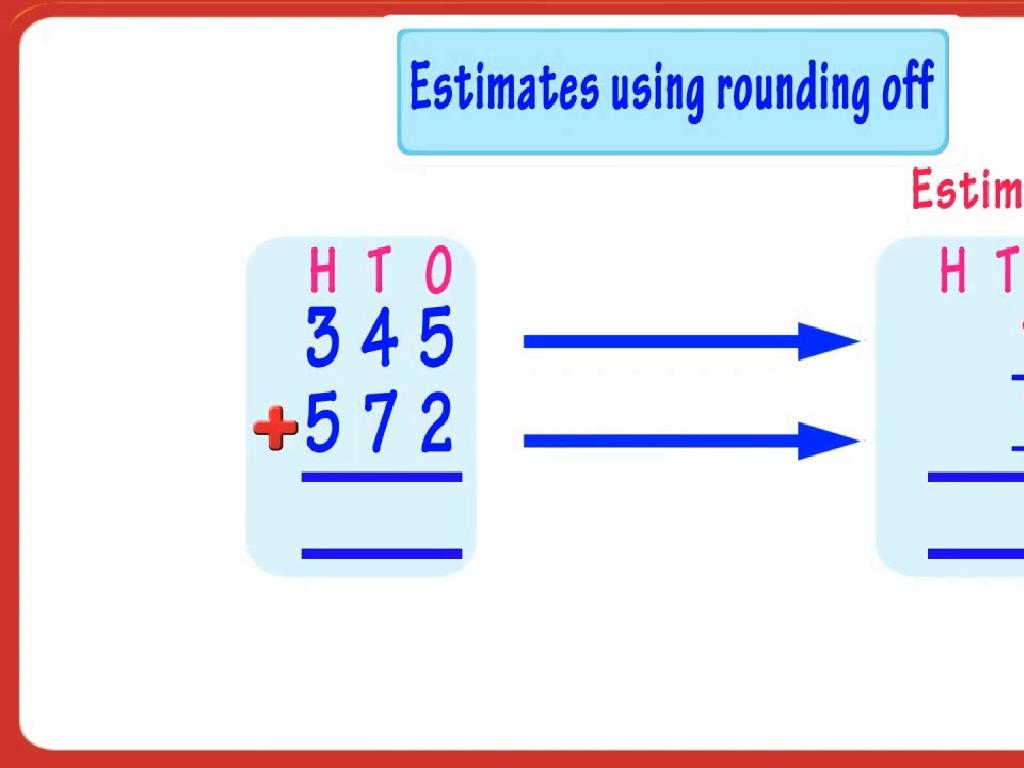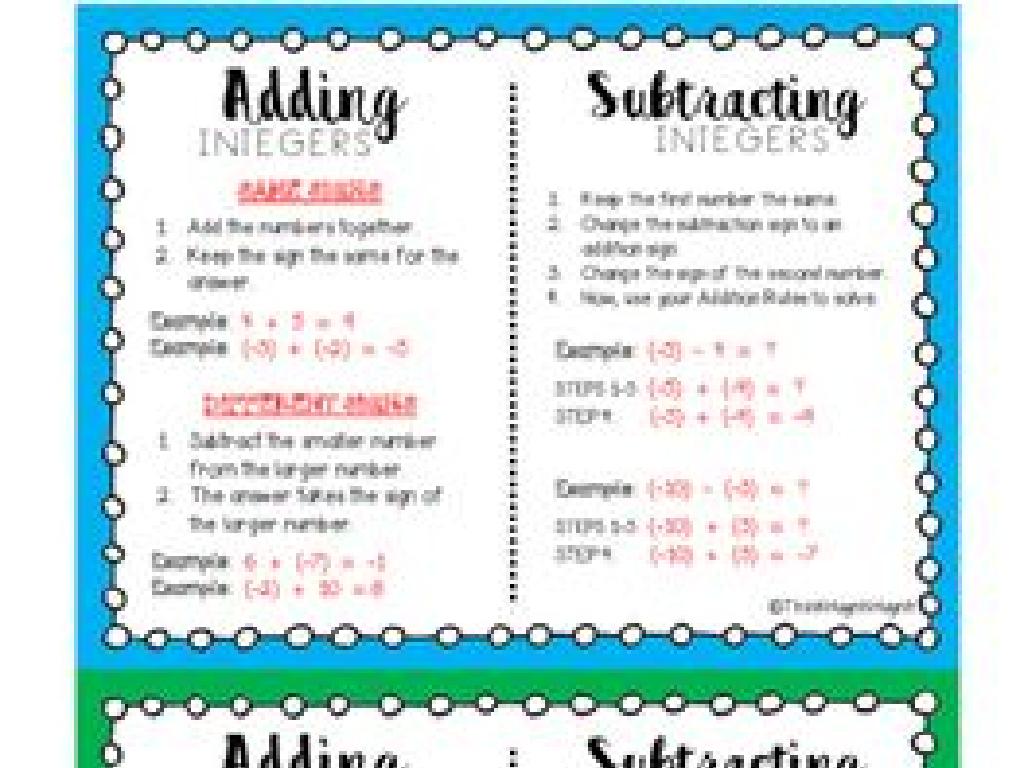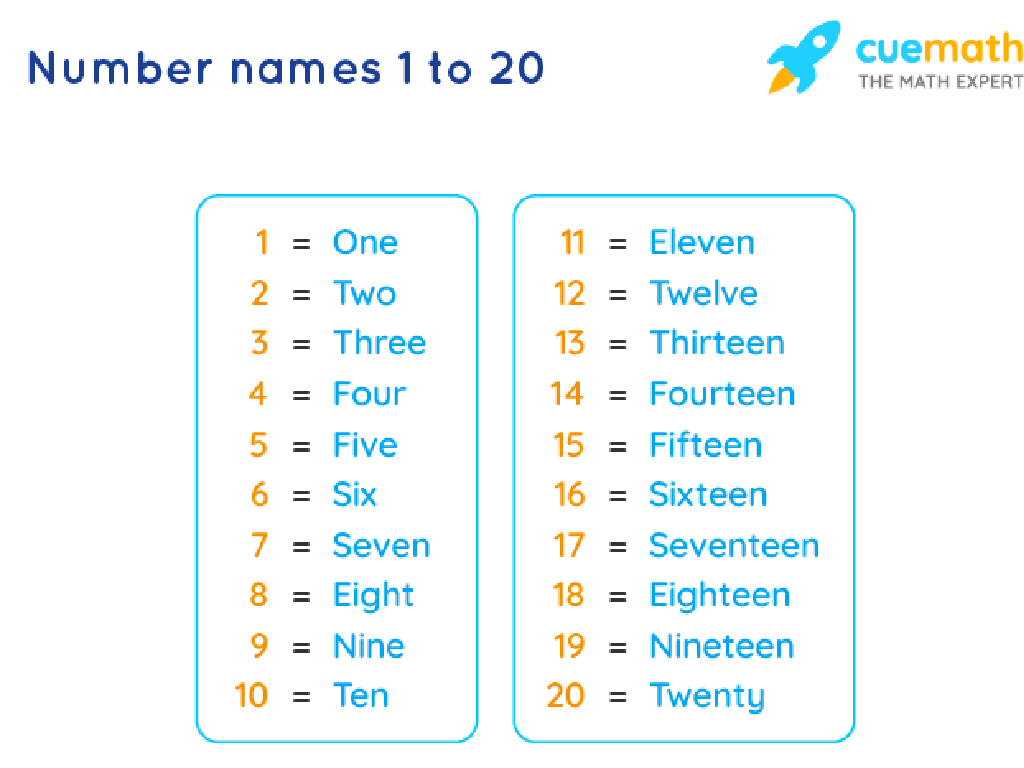Form And Use Comparative And Superlative Adverbs
Subject: Language arts
Grade: Seventh grade
Topic: Adjectives And Adverbs
Please LOG IN to download the presentation. Access is available to registered users only.
View More Content
Comparative and Superlative Adverbs
– Role of adjectives and adverbs
– Adjectives describe nouns; adverbs modify verbs, adjectives, and other adverbs.
– Focus on comparative and superlative adverbs
– Comparative adverbs compare actions (e.g., ‘She runs faster than him.’); superlative adverbs show the extreme degree of action (e.g., ‘She runs the fastest in her class.’)
– Learning objectives
– Understand how to form and use comparative and superlative adverbs correctly.
– Why they matter in language
– Mastery enhances writing and speaking by allowing precise and varied expression.
|
This slide introduces the concept of adjectives and adverbs, with a specific focus on comparative and superlative adverbs. Begin by explaining the general role of adjectives and adverbs in adding detail and nuance to language. Then, delve into the specifics of comparative and superlative adverbs, highlighting how they are used to compare actions or indicate the highest degree of an action. The learning objectives should be clear: students need to learn the correct formation and usage of these adverbs. Emphasize the importance of these adverbs in language as they enable more precise and varied expression, which is crucial for effective communication. Provide examples and encourage students to think of their own to solidify understanding.
Exploring Adverbs
– Define adverbs
– Words that describe verbs, adjectives, or other adverbs
– Adverbs modify verbs and more
– They tell how, when, where, or to what extent
– Examples in sentences
– ‘He ran quickly.’ (how), ‘We left today.’ (when), ‘She spoke loudly.’ (how)
|
This slide introduces the concept of adverbs to the students, explaining their role in a sentence as modifiers of verbs, adjectives, and other adverbs. Emphasize the different questions that adverbs can answer: how an action is performed, when it happens, where it takes place, and to what extent or degree. Provide clear examples for each type of adverbial function to solidify understanding. Encourage students to come up with additional examples and to identify adverbs in sentences from their reading material.
Comparative Adverbs in Action
– Defining comparative adverbs
– Adverbs that compare actions, e.g., ‘quickly’ becomes ‘more quickly’
– ‘More’ and ‘less’ with non-‘-ly’ adverbs
– Use ‘more’ for longer adverbs, ‘less’ for the opposite effect
– ‘Fast’ to ‘faster’, ‘hard’ to ‘harder’
– Short adverbs add ‘-er’: ‘fast’ becomes ‘faster’, showing more speed
– Practice with comparative adverbs
– Find examples in books or write sentences using comparative adverbs
|
This slide introduces the concept of comparative adverbs, focusing on how they are used to compare actions or qualities. Emphasize that short adverbs often add ‘-er’ to become comparative, while longer adverbs use ‘more’ or ‘less’. Provide clear examples to illustrate the rules, and encourage students to practice by identifying comparative adverbs in reading materials or creating their own examples. This will help them understand how to modify adverbs to convey different degrees of action or quality in their writing.
Superlative Adverbs
– Defining superlative adverbs
– Superlatives describe the extreme degree of an action
– ‘Most’ and ‘least’ with non-‘-ly’ adverbs
– Use ‘most’ or ‘least’ for adverbs without ‘-ly’
– ‘Fast’ to ‘fastest’ transformation
– Example: She ran the fastest in the race
– ‘Hard’ to ‘hardest’ transformation
– Example: He worked the hardest on the project
|
Superlative adverbs are used to express the highest degree of an action among three or more subjects. When adverbs do not end in ‘-ly’, such as ‘fast’ or ‘hard’, we often add ‘-est’ or use ‘most’ or ‘least’ to form the superlative. For example, ‘fast’ becomes ‘fastest’, and ‘hard’ becomes ‘hardest’. It’s important to note that not all adverbs follow this rule, so it’s essential to familiarize students with common exceptions. Provide students with additional examples and encourage them to create sentences using superlative adverbs to reinforce their understanding.
Irregular Adverbs in Comparative and Superlative Forms
– Irregular adverbs exceptions
– Some adverbs don’t follow regular patterns
– ‘Well’ to ‘better’ and ‘best’
– Unlike ‘quickly’ to ‘more quickly’, ‘well’ changes differently
– Practice with irregular adverbs
– Find and use irregular adverbs in sentences
|
This slide introduces students to irregular adverbs, which do not conform to the standard rules of forming comparative and superlative degrees. Highlight the importance of memorizing these exceptions, as they are commonly used in everyday language. Provide examples such as ‘well’ that becomes ‘better’ in the comparative form and ‘best’ in the superlative form. Encourage students to practice by identifying irregular adverbs in sentences and using them correctly. This will help them understand the nuances of adverb usage and enhance their descriptive language skills. Prepare a list of sentences for students to work on as a class activity, ensuring they grasp the concept through application.
Comparatives and Superlatives of ‘-ly’ Adverbs
– Forming comparatives with ‘more’
– Add ‘more’ before adverbs ending in ‘-ly’ for comparison
– Forming superlatives with ‘most’
– Use ‘most’ to show the highest degree of the adverb
– Example: ‘quickly’ to ‘more/most quickly’
– ‘Quickly’ compares as ‘more quickly’, and the superlative is ‘most quickly’
– Understanding exceptions
– Some adverbs have irregular forms or don’t follow the ‘more/most’ rule
|
When teaching about adverbs, emphasize that most adverbs ending in ‘-ly’ form their comparative and superlative degrees by adding ‘more’ and ‘most’ respectively. Provide clear examples, such as ‘quickly’ becoming ‘more quickly’ for comparative and ‘most quickly’ for superlative. However, it’s crucial to also discuss exceptions to this rule, as not all adverbs follow this pattern. Some have irregular forms or do not use ‘more’ and ‘most’ at all. Encourage students to practice by identifying adverbs in sentences and forming their comparative and superlative degrees. This will help them understand the concept and recognize patterns in language usage.
Let’s Practice: Comparative & Superlative Adverbs
– Identify adverbs in sentences
– Convert to comparative form
– Add ‘-er’ for comparative, e.g., ‘fast’ becomes ‘faster’
– Convert to superlative form
– Add ‘-est’ for superlative, e.g., ‘fast’ becomes ‘fastest’
– Share with the class
|
This slide is designed for a class activity where students will practice identifying adverbs within given sentences and then converting those adverbs into their comparative and superlative forms. Students should look for words that describe how an action is performed, which often end in ‘-ly’. Remind them that not all adverbs end in ‘-ly’, and some common adverbs have irregular forms. After identifying the adverbs, students will modify them to show comparison between two actions (comparative) or among three or more actions (superlative). Encourage students to think about the spelling rules that apply when adding ‘-er’ and ‘-est’. At the end of the activity, students will have the opportunity to share their answers with the class, fostering a collaborative learning environment.
Class Activity: Adverb Challenge
– Pair up and write comparative adverb sentences
– Create a story with five different adverbs
– Use adverbs to describe actions vividly in your story
– Present and highlight the adverbs
– Discuss the effect of adverbs on your story
– How do adverbs change the tone or pace of the narrative?
|
This activity is designed to reinforce the students’ understanding of comparative and superlative adverbs. Have the students pair up and write sentences that correctly use comparative adverbs (e.g., ‘She ran faster than her brother’) and superlative adverbs (e.g., ‘He jumped the highest in his class’). Then, each pair will create a short story incorporating at least five different adverbs, ensuring they understand how adverbs modify verbs, adjectives, and other adverbs. After writing, each pair will present their story to the class, emphasizing the adverbs they used. Encourage the class to discuss how the adverbs affect the story’s tone and pace. Possible activities: 1) Adverb charades, 2) Adverb storytelling circle, 3) Adverb illustration challenge, 4) Adverb modification role-play, 5) Adverb scavenger hunt in their favorite books.
Wrapping Up: Adverbs and Your Homework
– Recap: comparative & superlative adverbs
– Review how adverbs compare actions or qualities
– Adverbs enhance language expression
– Discuss how adverbs add depth to writing and speech
– Homework: Craft 10 varied sentences
– Include 5 sentences with comparative adverbs
– Use both comparative & superlative forms
– Include 5 sentences with superlative adverbs
|
As we conclude today’s lesson, remind students of the key points about comparative and superlative adverbs. Emphasize their role in providing nuance and precision in language. For homework, students should write ten sentences, ensuring they practice using both forms of adverbs. This will help solidify their understanding of the lesson. Encourage creativity and the use of a variety of adverbs. In the next class, be prepared to review some of the sentences to highlight good usage and common mistakes.





